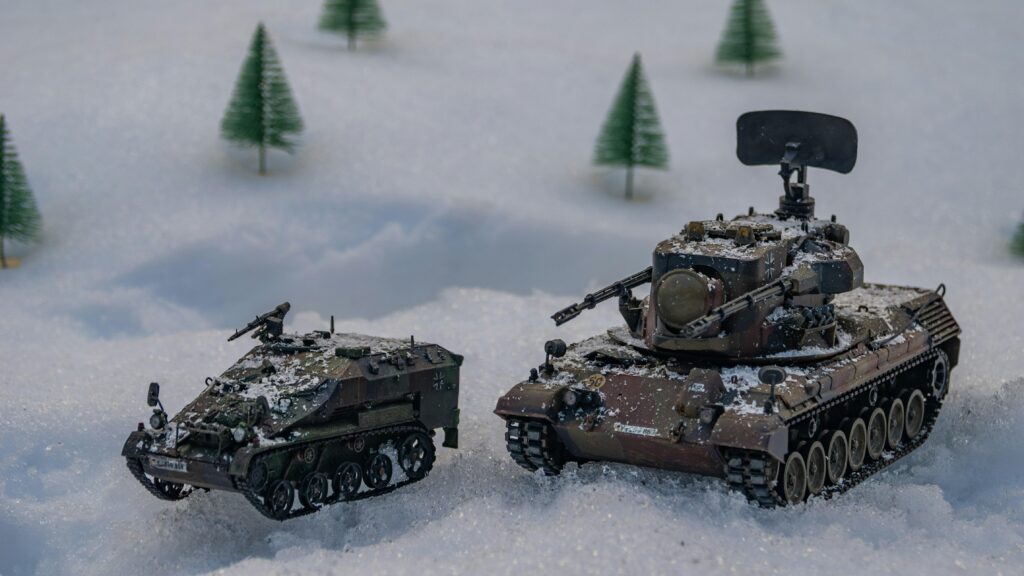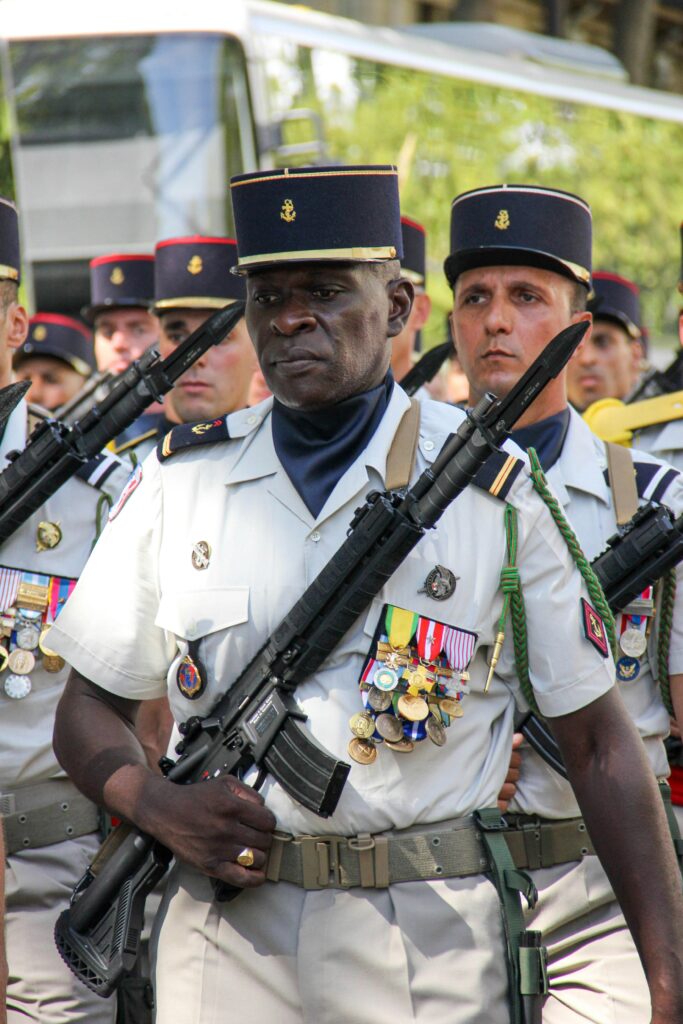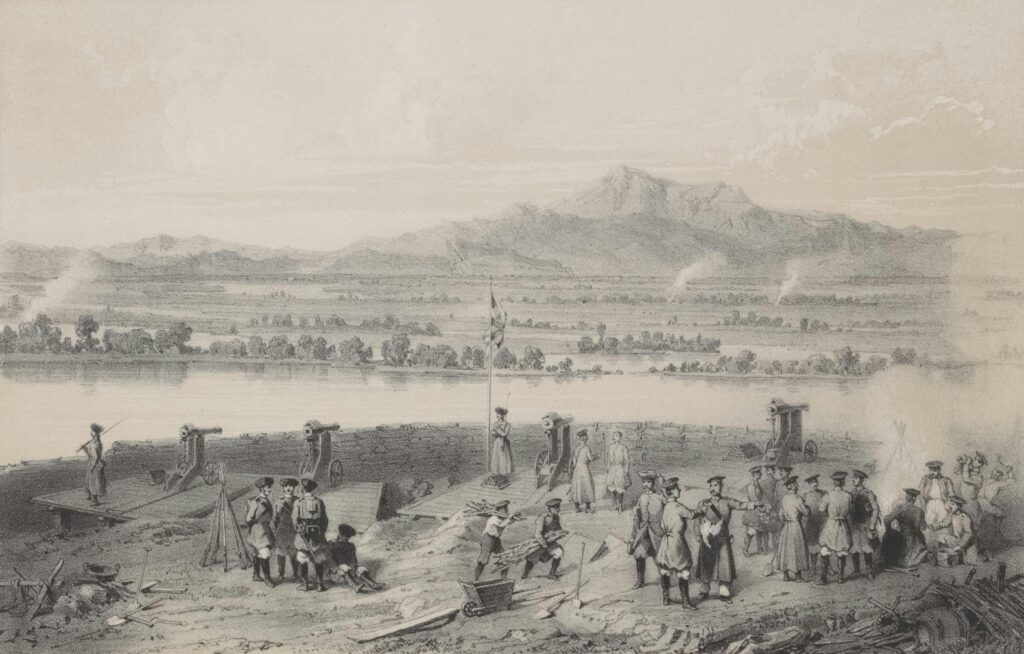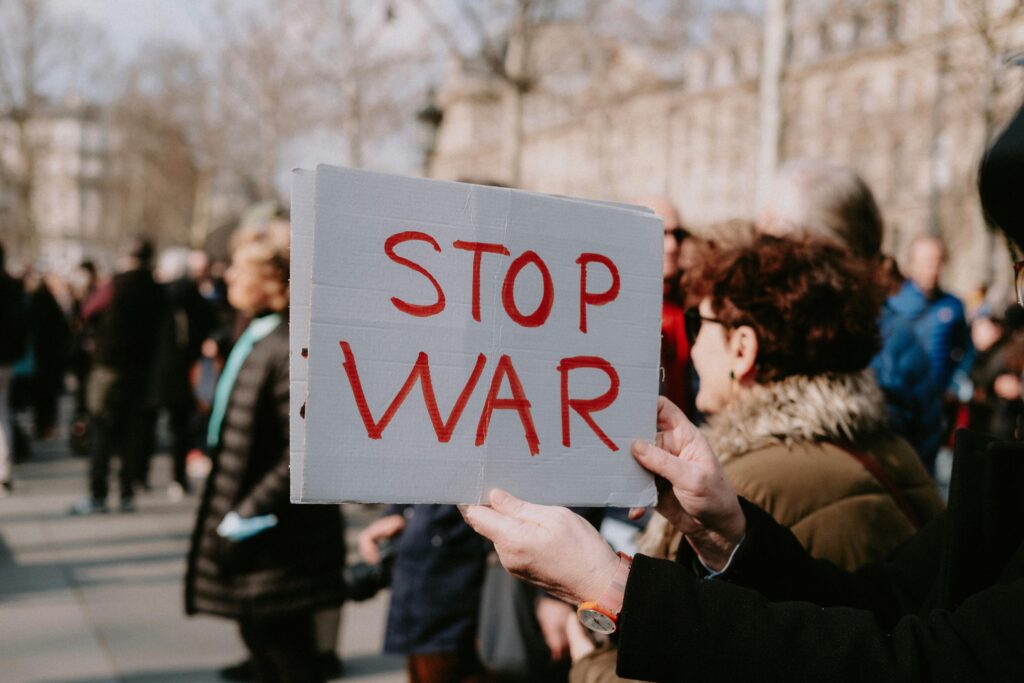War is often talked about in terms of battles, strategy, and politics, but behind all the headlines and statistics, it’s the everyday lives of ordinary people that are most deeply affected. The Civilian Story is one we don’t hear enough—how families cope with fear, how communities hold together, and how people find hope in the darkest times. In this blog, we’ll explore the real, human side of war and how it transforms daily life for those caught in the crossfire. Whether it’s shortages at the market, disrupted schooling, or the simple act of staying safe, these stories remind us that war isn’t just on the front lines—it’s in the homes and hearts of millions.
Table of Contents
- The Hidden Emotional Toll on Civilians Living Through Conflict
- Navigating Daily Life Challenges Amid War Zones
- Community Resilience and Support Networks in Times of War
- Practical Tips for Staying Safe and Maintaining Well-being During Conflict
- Future Outlook
The Hidden Emotional Toll on Civilians Living Through Conflict
When the ground beneath a community shakes with the sounds of conflict, it’s not just buildings and infrastructure that suffer—hearts and minds shatter too. Civilians caught in the crossfire often carry unseen wounds that linger long after the ceasefire. Anxiety becomes a constant companion, with fear of sudden violence or loss weaving into daily routines. Children may withdraw into silence, their creativity stifled by trauma, while adults wrestle with the burden of protecting loved ones amidst uncertainty. This emotional fog often leads to isolation, as traditional support systems disintegrate.
- Chronic stress: The nonstop fight-or-flight mode wears down mental resilience.
- Grief and loss: Repeated bereavements disrupt personal and communal healing.
- Displacement and insecurity: Forced migration uproots identities and safe spaces.
- Stigmatization: Survivors sometimes face social exclusion due to trauma-related behavior.
Understanding this emotional toll reshapes how we view conflict zones—not just as battlegrounds, but as shattered communities yearning for compassion and recovery. Recognizing and addressing these hidden scars is a crucial step in fostering resilience and rebuilding hope among those who have endured too much. In sharing their stories, we illuminate the path toward healing, reminding the world that peace is as much about mending souls as it is about ending violence.
Navigating Daily Life Challenges Amid War Zones
Life in a war zone reshapes the most basic elements of daily routine. Simple tasks such as buying groceries, commuting, or even accessing clean water become unpredictable endeavors filled with risk and uncertainty. Inflation and scarcity can turn a once-familiar market visit into a tense negotiation over dwindling resources. Meanwhile, checkpoints and curfews fragment the flow of time, forcing civilians to plan their activities around safety windows rather than convenience or preference. This constant balancing act demands resilience, creativity, and often, a profound sense of community solidarity.
The emotional toll is equally profound, with fear and loss weaving into the fabric of everyday existence. Families rely heavily on informal support networks—neighbors, local groups, and online communities—to share news, resources, and encouragement. Key survival strategies include:
- Establishing flexible routines that can adapt to sudden shifts in security conditions
- Prioritizing essentials like food, water, and medical supplies while managing limited resources
- Utilizing digital tools cautiously to keep connected without compromising safety
- Turning homes into safe havens by creating secure spaces for children and vulnerable members
These approaches exemplify the everyday heroism of civilians who navigate an environment where normalcy is a constant challenge.
Community Resilience and Support Networks in Times of War
In times of conflict, the true strength of a community often shines brightest through the bonds it fosters. Neighbors become lifelines, offering everything from shared meals to emotional support, transforming ordinary streets into tightly knit networks of care. These grassroots connections create a fabric of resilience, ensuring that even when the world around seems fractured, a sense of unity and hope persists. From informal childcare arrangements to community-run clinics, people rediscover the power of collective action, proving that survival isn’t just about individual grit—it’s about standing together.
Support networks develop in various inspiring ways, such as:
- Organized volunteer groups delivering essentials to the most vulnerable
- Local storytellers preserving history and morale through shared narratives
- Neighborhood watch initiatives enhancing safety despite scarce resources
- Informal barter systems replacing disrupted supply chains
These dynamic support systems don’t just fill gaps during wartime—they lay down the groundwork for long-term recovery and peacebuilding. The collective spirit nurtured during hardship often plants seeds for stronger, more compassionate communities that thrive well beyond the conflict’s end.
Practical Tips for Staying Safe and Maintaining Well-being During Conflict
Staying safe during times of conflict often means adapting to rapidly changing circumstances with a clear mind and a flexible approach. Make sure your phone is always charged and you have essential numbers saved, including local emergency services and trusted contacts. Create a simple emergency kit stocked with necessities like water, non-perishable food, a flashlight, basic first aid, and any critical medications. Awareness of your surroundings is key—stay informed through reliable news sources and avoid areas where conflict tends to escalate. Additionally, try to establish safe zones in your home by identifying reinforced rooms or spaces with minimal windows, and plan evacuation routes in case you need to move quickly.
Maintaining your mental and emotional well-being is just as important as physical safety during tumultuous times. Prioritize connecting with your support network through calls or video chats, and don’t hesitate to share your feelings—you’re not alone. Incorporate small daily rituals to bring calm, such as journaling or mindful breathing exercises. Establishing a routine, even if it’s simple, can restore a sense of normalcy amid chaos. Remember to limit exposure to distressing news and social media to reduce anxiety. Small actions—like keeping a cozy blanket nearby or listening to soothing music—can provide comfort and resilience when the world outside feels uncertain.
- Keep essential supplies ready and accessible
- Stay informed but avoid information overload
- Connect regularly with friends and family for emotional support
- Create safe spaces at home and have a clear evacuation plan
- Practice daily routines that promote calm and stability
Future Outlook
As we wrap up this look at how war shapes the daily realities of civilians, it’s clear that the story is much more than just headlines and history books. Behind every statistic is a person—someone’s neighbor, friend, or family member—navigating challenges we might never imagine. Remembering their resilience and strength helps us see the broader impact of conflict and the importance of striving for peace. Thanks for joining me on this journey through the civilian side of war. If this sparked your curiosity or moved you, feel free to share your thoughts below—we’re all here to learn and grow together. Until next time, take care and stay compassionate!













